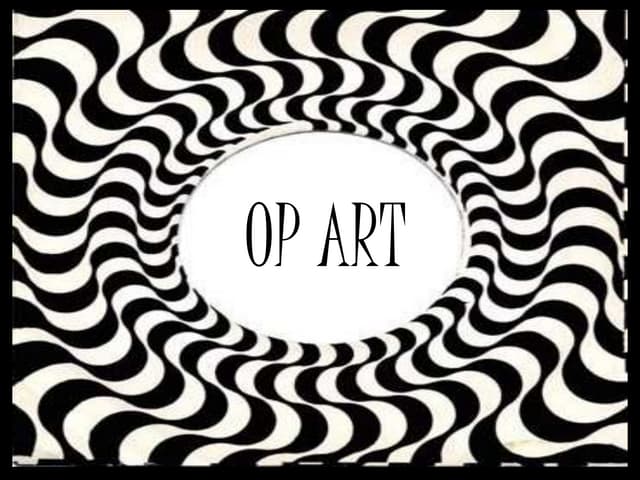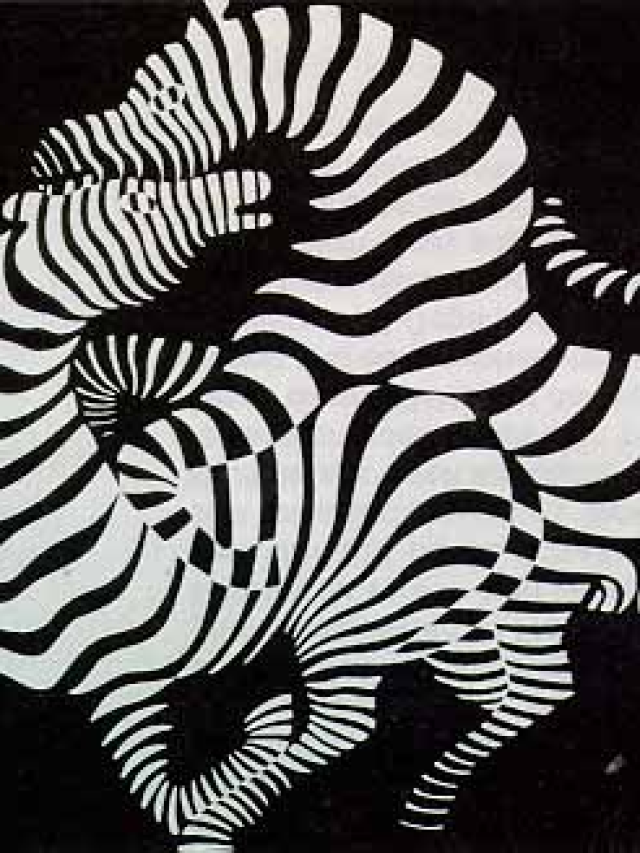Characteristics of Op Art
Op Art, short for Optical Art, is a unique artistic movement known for its ability to challenge and engage the viewer’s perception. Its distinctive features and techniques set it apart from other art movements, creating an immersive visual experience that often leaves observers in awe.
1. Geometric Precision and Abstraction
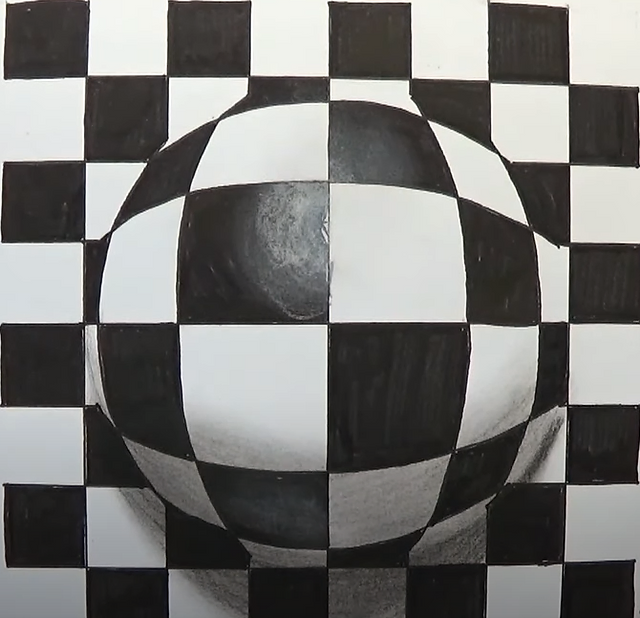
Op Art is characterised by a precise and systematic approach to geometry. Artists often employ basic geometric shapes such as lines, squares, triangles, circles, and rectangles as the building blocks of their compositions. These shapes are arranged in intricate patterns and configurations, creating a sense of order and structure. The precision and abstraction in Op Art create a visual language that transcends representational art, focusing on the fundamental elements of form and space.
2. Illusions of Movement
Perhaps the most defining characteristic of Op Art is its ability to create illusions of movement and instability on a two-dimensional surface. Artists use optical effects to make their compositions appear to vibrate, pulsate, or shift before the viewer’s eyes. This dynamic quality challenges the static nature of traditional artwork, inviting viewers to engage actively with the piece. These illusions of movement are achieved through careful manipulation of lines, shapes, colours, and contrasts.
3. High Contrast and Bold Color Schemes
Op Art often employs high-contrast colour schemes, featuring striking juxtapositions of complementary or contrasting colours. The use of black and white, or bold primary colours, enhances the visual impact of the artwork. These bold colour choices contribute to the illusion of depth and movement, as the eye interprets the interplay between colours and shapes in a dynamic manner.
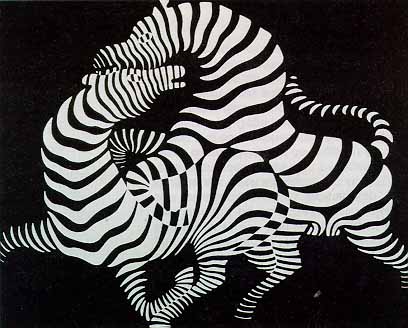
4. Repetition and Rhythm
Repetition is a fundamental technique in Op Art. Artists repeat geometric elements with slight variations in size, spacing, or orientation to create rhythmic patterns that intensify the optical effects. This repetition not only reinforces the sense of movement but also allows viewers to become absorbed in the hypnotic rhythms of the artwork.
5. Viewer Interaction
Op Art is inherently interactive. Viewers are not passive observers but active participants in the visual experience. As viewers engage with Op Art pieces, they may find that their perceptions shift and change, revealing new dimensions and patterns within the artwork. This dynamic interaction fosters a sense of engagement and discovery, making each encounter with Op Art a unique and engaging experience.
6. Optical Effects Beyond the Surface
Op Art goes beyond the flat surface of the canvas. It tricks the viewer’s eye into perceiving depth, space, and motion. These effects often create the illusion of three-dimensionality, as if the artwork extends beyond its confines, blurring the boundary between reality and illusion.
Op Art Techniques
Op Art, or Optical Art, relies on a set of distinct techniques and principles that allow artists to create mesmerizing visual illusions and dynamic compositions. These techniques are carefully orchestrated to engage the viewer’s perception in unique ways, resulting in artworks that challenge our understanding of space, movement, and reality.
1. Precision and Symmetry
Op Art begins with precision. Artists meticulously plan and execute their compositions with mathematical accuracy. Symmetry plays a crucial role, with many Op Art pieces featuring symmetrical arrangements of geometric shapes. This precision contributes to the optical effects and the overall sense of order in the artwork.
2. Grids and Patterns
Grids and patterns are fundamental to Op Art. Artists use grids as a framework for arranging geometric shapes and lines. These grids can be regular or irregular, providing the structure upon which optical effects are built. Patterns, whether regular or irregular, serve to disrupt the viewer’s expectations, creating dynamic visual experiences.
3. Contrasting Colors
Bold and contrasting colours are a hallmark of Op Art. High-contrast colour combinations, such as black and white or complementary colours like red and green, are frequently used. These colour choices intensify the visual impact of the artwork, enhancing the illusion of movement and depth. The juxtaposition of colours can make shapes appear to advance or recede, adding to the perceptual intrigue.
4. Gradation and Shading
Op Art artists sometimes employ gradation and shading techniques to create the illusion of depth and volume. By carefully transitioning between light and dark areas within a composition, artists can make flat shapes appear three-dimensional. This adds an extra layer of complexity to the optical effects and engages the viewer’s sense of spatial perception.
5. Moiré Patterns
Moiré patterns are a common optical phenomenon in Op Art. These patterns occur when two sets of lines or grids are superimposed or placed close together. As the viewer’s eye tries to make sense of these overlapping lines, it can create unexpected and dynamic patterns that seem to ripple or vibrate.
6. Anamorphosis
Anamorphic art involves distorting and elongating shapes or patterns in a way that they appear normal only when viewed from a specific angle or with the help of optical devices like mirrors. Op Art sometimes incorporates anamorphic elements to add an element of surprise and interaction, revealing hidden images or patterns when viewed from the correct perspective.
7. Kinetic Elements
Some Op Art pieces incorporate kinetic elements, where parts of the artwork move or rotate. This dynamic quality further enhances the illusion of motion and can create a mesmerizing, ever-changing visual experience for the viewer.
8. Optically Active Materials
In some instances, Op Art artists experiment with materials that have optical properties. For example, using materials with iridescence, reflective surfaces, or translucent qualities can add an extra layer of complexity to the visual effects, making the artwork appear to change as lighting conditions or the viewer’s perspective shifts.
By combining these techniques with precision and careful planning, Op Art artists create works that challenge the boundaries of perception, inviting viewers into a world of optical intrigue and dynamic visual experiences. These techniques continue to captivate and inspire both artists and art enthusiasts, making Op Art a genre that remains as relevant and fascinating as ever.
Influence
Op Art, as a unique and influential art movement, has been shaped by several prominent artists who made significant contributions to the genre. Let’s explore the works and influences of some of these Op Art artists:
1. Bridget Riley (1931 – Present)
- Bridget Riley is often regarded as one of the leading figures in the Op Art movement. Her works are characterized by bold geometric patterns, meticulously arranged to create mesmerizing optical illusions.
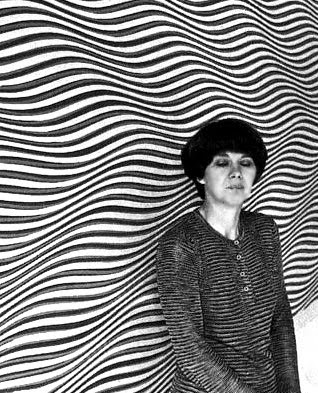
- Riley’s use of contrasting colours and careful manipulation of shapes and lines produces the sensation of movement, pulsation, and vibration on the canvas.
- Her iconic piece “Movement in Squares” (1961) is a classic example of Op Art, featuring a grid of squares that appears to ripple and shift as the viewer’s gaze moves across the canvas.
2. Victor Vasarely (1906 – 1997)
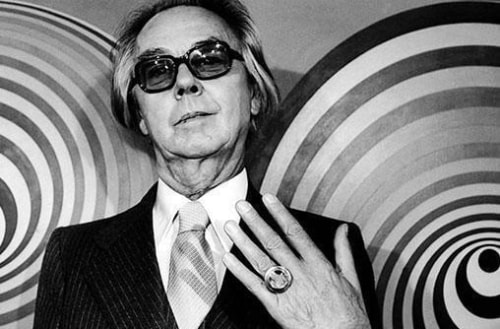
- Victor Vasarely, a Hungarian-French artist, is often referred to as the “grandfather of Op Art.” He played a pivotal role in popularizing the movement.
- Vasarely’s works feature precise geometric shapes and meticulous use of colour to create optical effects. He developed his own unique visual language, which he called “kinetic art.”
- His iconic work “Zebra” (1937) is considered one of the earliest examples of Op Art, featuring a series of black and white stripes that seem to oscillate and create visual ambiguity.
3. Julio Le Parc (1928 – 2014)
- Julio Le Parc, an Argentine-French artist, was known for his kinetic and Op Art creations. He explored the relationship between art and the viewer’s active participation.
- Le Parc’s works often include interactive elements, such as moving parts or reflective surfaces, encouraging viewers to engage with the artwork physically and mentally.
- His piece “Continuel-lumière Cylindre” (1962) features a rotating cylinder with colourful patterns, producing a captivating play of light and shadow that changes as it spins.
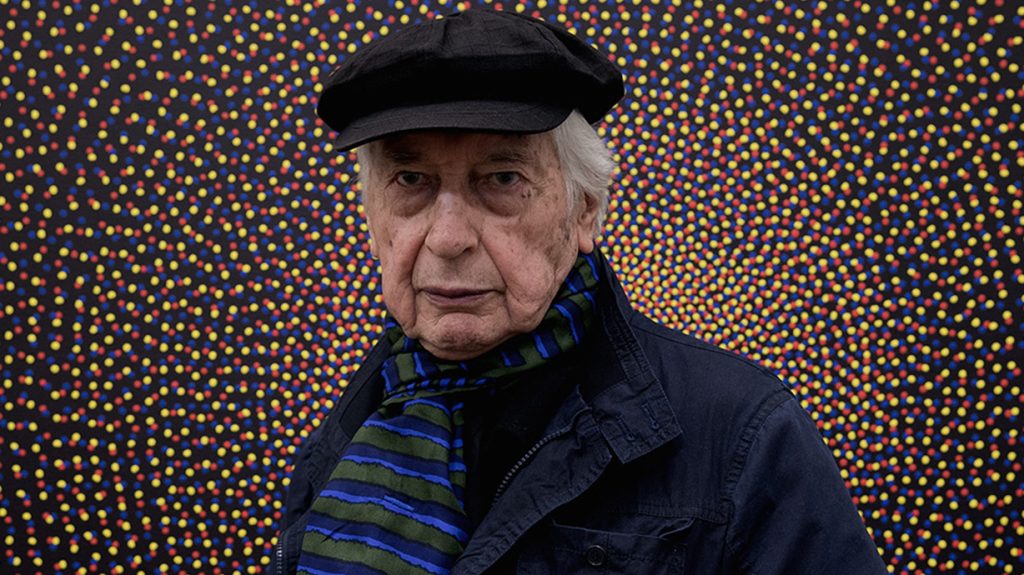
4. Jesús Rafael Soto (1923 – 2005)
- Jesús Rafael Soto, a Venezuelan Op Art pioneer, was known for his exploration of the kinetic and optical effects in his sculptures and installations.
- Soto’s works often involve suspended objects or grids of thin, dangling threads. As viewers move around these installations, the objects appear to shimmer and create dynamic visual experiences.
- His “Penetrables” series, which allows viewers to walk through hanging plastic rods, exemplifies his commitment to engaging the viewer in a multisensory exploration of space and perception.
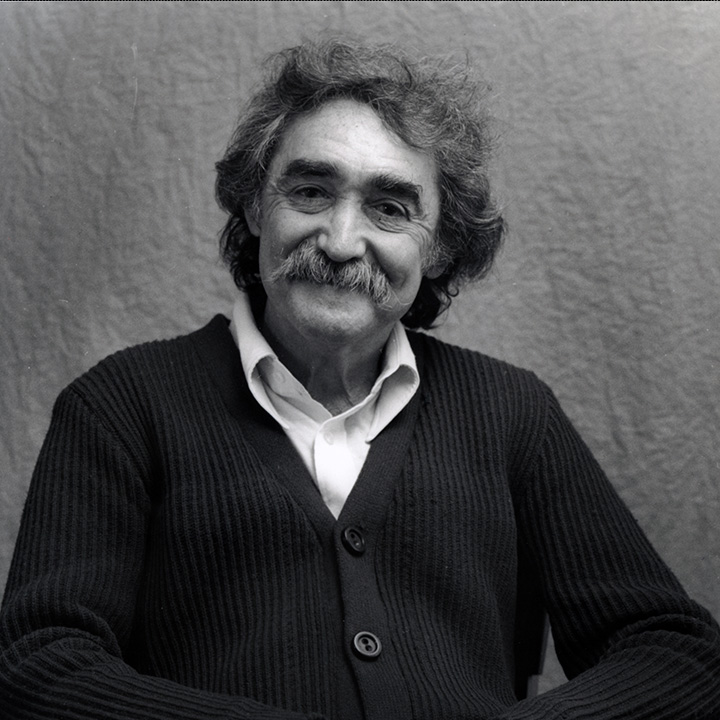
5. Richard Anuszkiewicz (1930 – 2020)
- Richard Anuszkiewicz, an American Op Art artist, was recognized for his precise geometric compositions and intricate use of colour.
- His works often feature concentric squares or circles with carefully selected colour combinations. These combinations create the illusion of depth, movement, and even afterimages when observed for an extended period.
- “Temple” (1964) is one of his notable works, illustrating his mastery of colour theory and optical effects.
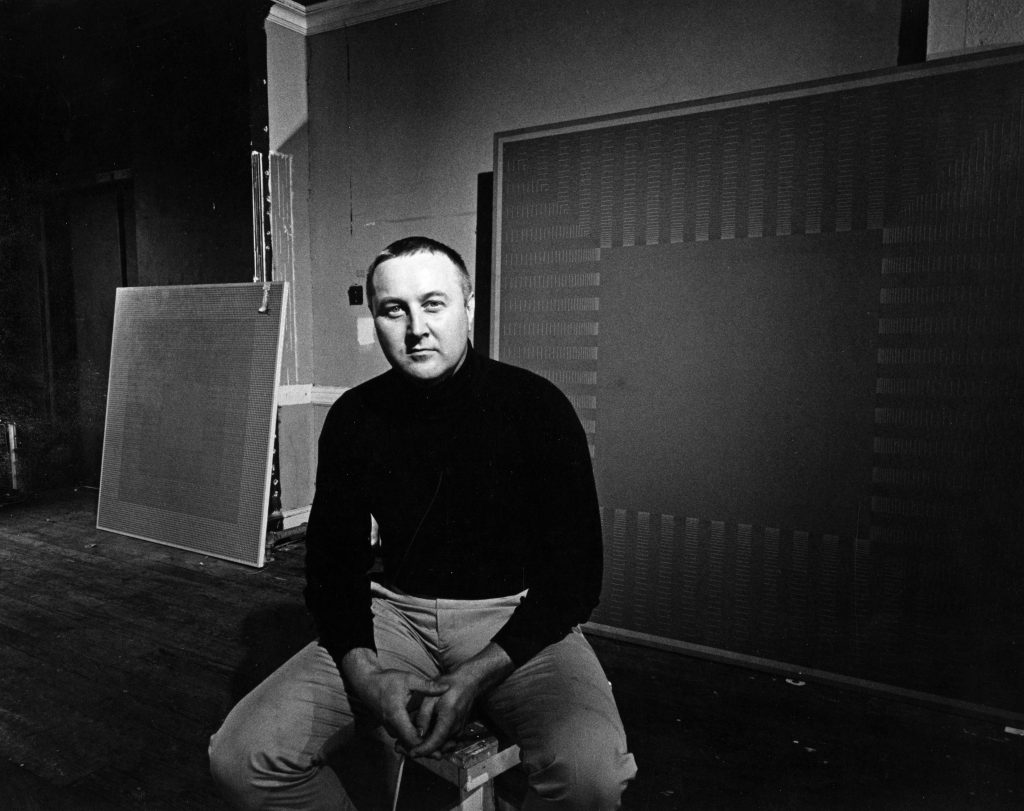
These artists, along with many others, played a pivotal role in shaping the Op Art movement. Through their innovative use of geometric forms, patterns, and optical techniques, they challenged the traditional boundaries of art and perception, leaving a lasting legacy that continues to inspire and captivate art enthusiasts worldwide. Their contributions have solidified Op Art as a prominent and enduring genre within the art world.
Read Also:
“Bridget Riley: Mastering Optical Illusion Through Colorful Geometry”

Contributor

